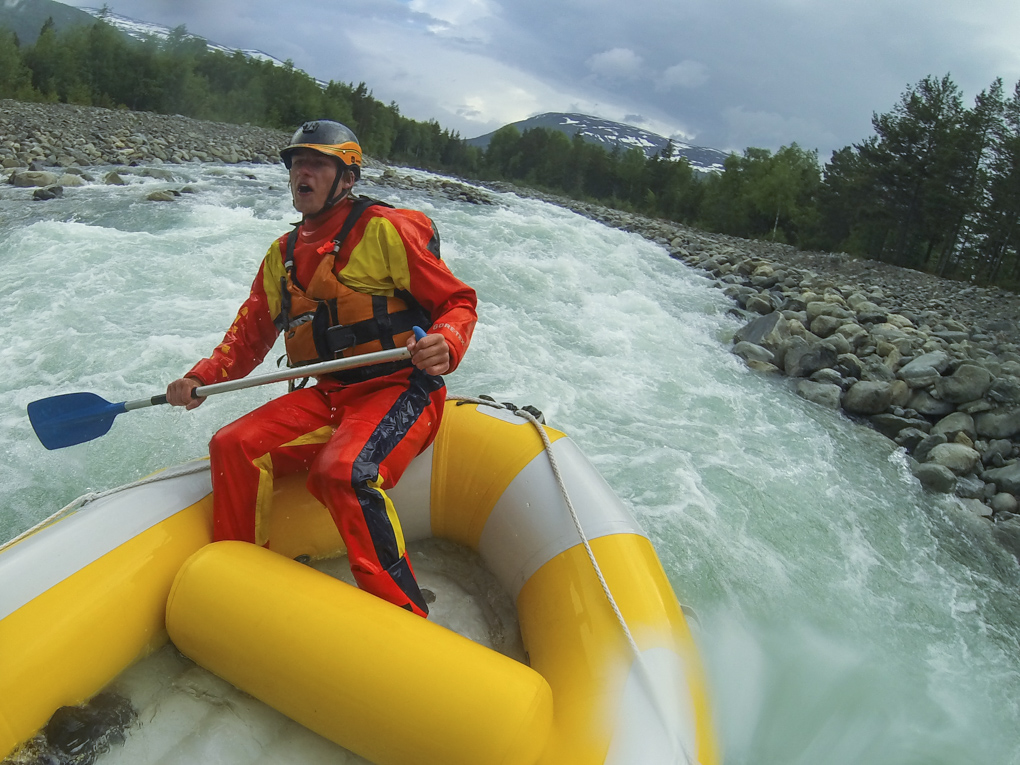Durability
The carbon shell of the Trident is stiff and strong. It has a glossy looking clear coating to protect against scratches. Helmets with padding built into the shell sometimes have issues drying, but the Trident’s shell system retains very little water. This keeps the helmet feeling light when wet. The fit pads, composed closed cell foam, retain little water and dry out quickly. This also decreases the musty smell that can build up in helmets that do retain water.
Velcro strips attach the fit pads to the plastic inner shell. Some of the Velcro strips on the Trident became detached while I was writing this review. I put 25 days on this helmet throughout the summer, so I was disappointed to have the velcro fail prematurely, but a little Aquaseal or glue can fix this problem.
The straps and pads on the Trident seem to be much more durable, and I haven’t had any issues with these components in my old Current. I will caution, however, that once the carbon shell is compromised from a large impact, the Trident will likely need to be replaced for maximum safety.
Best Uses
I primarily used this helmet while instructing kayaking and SUPing on river sections up to Class III, with some elements of Class IV. The feature that sold the helmet to me was the sun protection, which is a must-have if you’re out on the water for 8+ hours a day all summer.
The lightweight materials were also a plus, because I had less neck strain after wearing the helmet for extended periods of time.
The Trident has no vents and can get quite hot, but a quick dunk in the river cools things down quickly.
The sun protection and low weight also make the Trident an attractive option for play boaters who want medium coverage in a light package.

I would happily wear the Trident on more difficult rivers in deep water, but hesitate to wear it regularly on steep creeks or waterfalls. A design with fuller coverage will better protect your head on shallow creeks, and the brim is an issue on waterfalls, since I found that water could push the helmet back while resurfacing.
Overall, the Trident is not the best choice for paddlers who are mostly concerned about impact protection and want to tackle a white variety of whitewater. The Sweet Wanderer has more coverage, an excellent fit kit, and is cheaper than the Trident at $148.
Of course, it’s crucial to keep in mind that my experience is influenced by the fact that I could not achieve a perfect fit with the Trident. If the Trident fits your cranium like a glove, then these drawbacks on challenging, rocky whitewater may be less of an issue.
Bottom Line
The Trident is an attractive option for river running, play boating, and SUPing, as well as for guides and instructors. It provides adequate coverage for a number of uses (see above) and the main selling point is great sun protection with a lightweight, low-volume feel.
It has well-designed impact protection, and comes in at an affordable price for a composite helmet.
Most importantly, make sure the Trident’s fit kit works with your particular head shape before stepping up to challenging whitewater.
